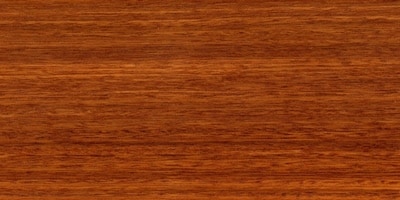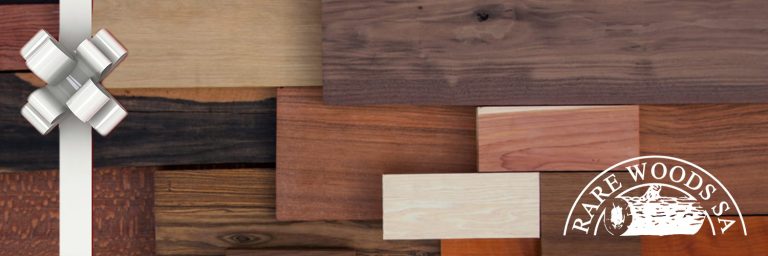Andiroba

Andiroba is used as both a Mahogany substitute and a general utility carpentry wood throughout its indigenous regions that are scattered across Central & South America. It is widely used for furniture and flooring in it’s native geographical areas. Andiroba is generally easy to work, and the species turns, glues and finishes well. This pale reddish-brown colored lumber is a durable wood — similar to Honduran Mahogany, in that regard. Aesthetically, its typically more on the bland side (compared to a Mahogany), although more desirable examples of the species can be quite highly-figured.
Grains are typically straight, although they can be wavy or interlocked, and the wood is fine textured and has a good natural luster.
Andiroba is not listed in the CITES Appendices or on the IUCN Red List of Threatened Species, although a single species from Ecuador, Carapa Megistocarpa, is listed as endangered due to a population reduction of over 50% in the past three generations, caused by a decline in its natural range.
Why We Love This Wood
When quartersawn, Andiroba can exhibit a beautiful ribbon figure that looks similar to Sapele. While also touted as a Mahogany substitute, Andiroba is not commonly seen in the US. The wood darkens slightly as it dries and will continue to darken with repeated exposure to UV rays.
Client Creations
PRE-CUT SIZES (Andiroba)
0 resultsType
Dimensions
Grade
Price
LUMBER PACKS (Andiroba)
0 results
